Tires, which are the only element of the car in direct contact with the road surface, wear out not only with subsequent kilometers. The life of their mixture is also limited. Tire production date – is it important? What to pay attention to?
The tire production date is of great importance. After all, the rubber compound it is made of simply begins to get old over the years. As a result, it loses more and more of its properties.
You should remember that tires are actually the most important element of the safety of every car. It is responsible not only for its behavior on the road, but also supports the weight of the car and struggles with acceleration and braking. In addition, it smoothes out uneven surfaces and drains water during heavy rain.
How to check the year of production of tires?
The production date is visible on each tire. Where to look for it? It is stamped on the side wall in an oval frame. It consists of four digits:
- the first two represent a week
- two more year of production
The production date of the tire in the photo is the 21st week of 2018. It’s already 5 years old as of this writing, so it’s starting to get old.
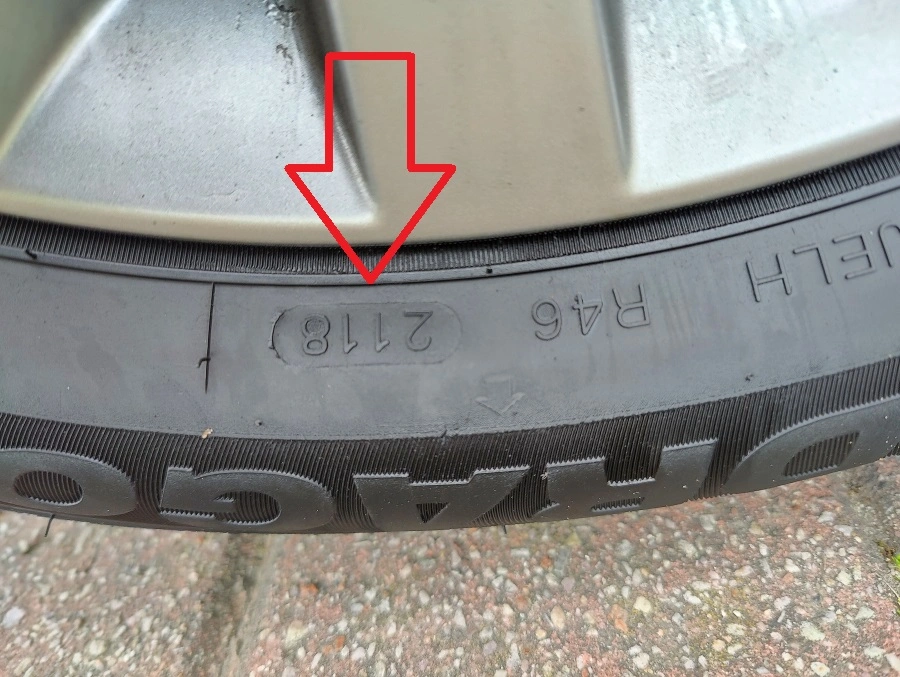
Does the year of tire production matter? What?
Drivers buying new tires want their tires to be as old as possible. But according to the PN-C94300-7 standard, tires are considered new for up to 3 years from the date of production. Of course, provided that they have not been used in any way. That is:
- it was never installed in a vehicle
- is available in a store or other point of sale
- was stored in appropriate conditions (temperature, away from sunlight and not in contact with oil or grease)
Importantly, a new tire that is stored properly ages even 17 times slower than during use.
Do tires have an expiration date?
Yes. The tire’s shelf life is 10 years from the time of its production. It actually determines the potential operating time. It is important not to exceed it, because a tire of this age is simply old.
Even if it has not been used intensively and its tread looks almost new, the compound of a 10-year-old tire will already be cracked. In addition, its properties deteriorate, making the car’s grip on the road worse and it loses traction. In extreme cases, old tires may not withstand the loads of fast driving and may tear.
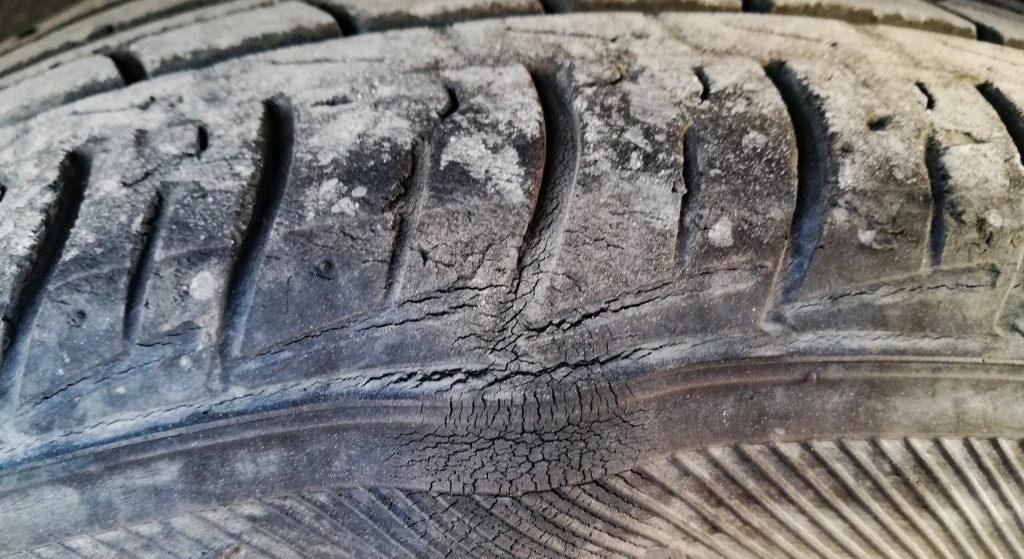
An old, cracked tire with a bubble where the sidewall meets the tread.
It is generally accepted that tires begin to lose their properties after 5 years of use, therefore it is recommended to replace them.
How to read the DOT and what information does it contain?
DOT comes from English. It stands for Department of Transportation and is located on the sidewall of each tire, confirming that it meets global safety standards.
The DOT designation consists of a maximum of 12 characters. They are preceded by the DOT symbol. Here’s what the next signs mean:
- The first two indicate the factory from which the tire came from
- The next two are the code assigned to the tire size
- At the end of the marking, the production date is visible – the first two of the four digits are the week, and the last two are the year of manufacture. For example, 2622 means the 26th week of 2022
- The characters between the tire size and the production date are optional markings of a given manufacturer
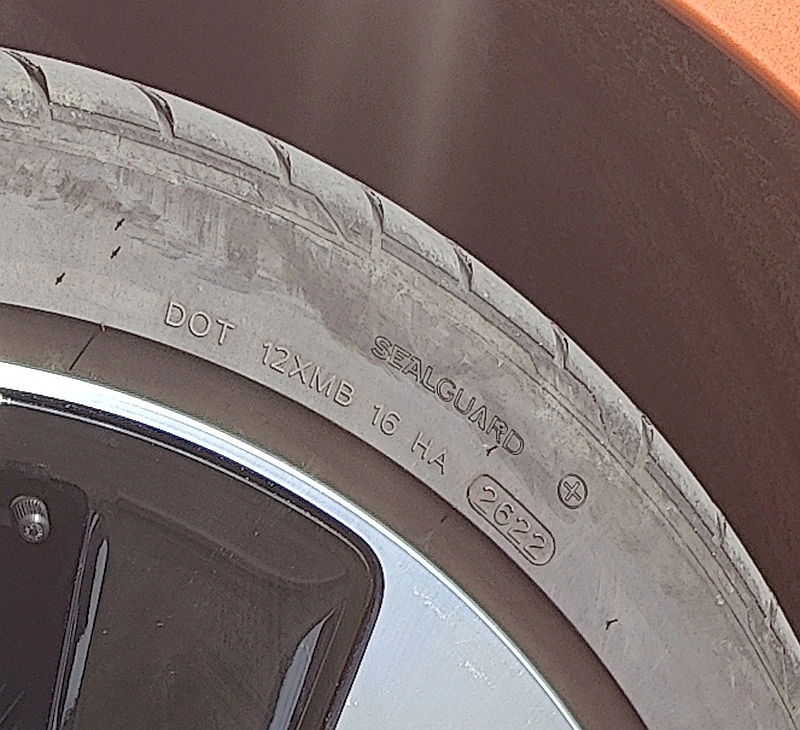
Interestingly, the four-digit year of production was introduced in 2000. Previously, three-digit numbers were used.
What influences tire aging?
Without a doubt, the year of production is important in the case of tires. There are two basic factors influencing their aging. These are environmental and storage conditions you can read about tire disposal).
Environmental conditions:
- Oxygen – is the main cause of tire aging – both inside and out. The compressed air in an inflated tire consists of 21% oxygen, which accelerates the oxidation process of the rubber. Yes, the presence of antioxidants is intended to slow down this process, but it is inevitable
- UV radiation – although manufacturers use a layer that absorbs ultraviolet rays, it wears out over time, and then the degradation of the tire accelerates. The deterioration of tire properties under the influence of radiation is called photodegradation
- ozone – leads to faster destruction of rubber
- heat and oxygen are the combination that shortens the life of tires the most
The storage conditions
- Temperature and light: it is best to store tires in a cool environment and away from sunlight
- Humidity – tires should be stored in a dry room
- Heformation – tires should be stored so that they do not deform you can read more about it). A deformed tire can only be thrown away
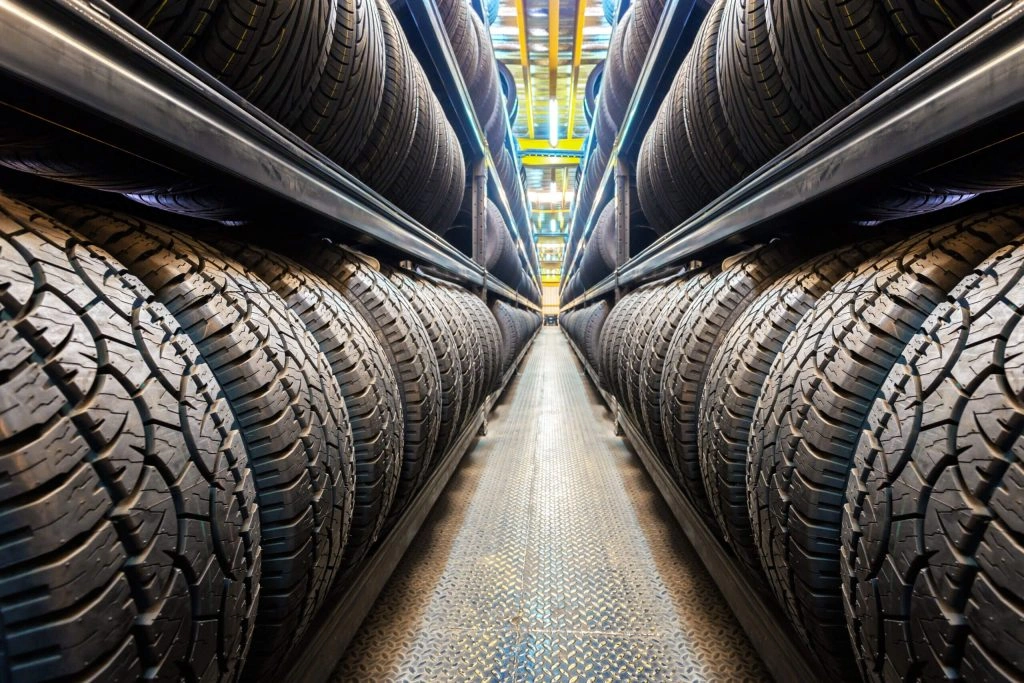
When should you replace your tires with new ones?
The expiration date is one thing. But over the course of use, the tread wears out and the tire is exposed to external conditions. What disqualifies it from being used? Here is the answer:
- Too shallow tread – according to the law, the minimum tread depth is 1.6 mm. Manufacturers recommend 3 mm for summer tires and 4 mm for winter tires
- Cracks in the tread or sidewall
- Bumps, bulges on the surface of the tires
- incisions
- Uneven tread wear (before installing a new set, check the alignment you can read more about it)
FAQ
Can you drive on 12-year-old tires?
Even though there is no maximum tire age in Poland, it is not recommended to drive on used 12-year-old tires. The limit age of tires is 10 years.
How many years should tires be replaced?
It is assumed that tires should be replaced every 4-5 years or after 50,000-80,000 km. Interestingly, tires for electric cars have their own rules you can read more about it).
Can you get a ticket for old tires?
You won’t get a ticket for tires that are too old. However, the police check the condition of tires more and more often. If it is damaged, different on the same axle, or has too shallow a tread, the policeman may fine you. After the last amendment, it amounts to PLN 3,000.
When is a tire old?
A tire that is more than 10 years old is considered old. But not only that – an old tire also has faded and cracked rubber.

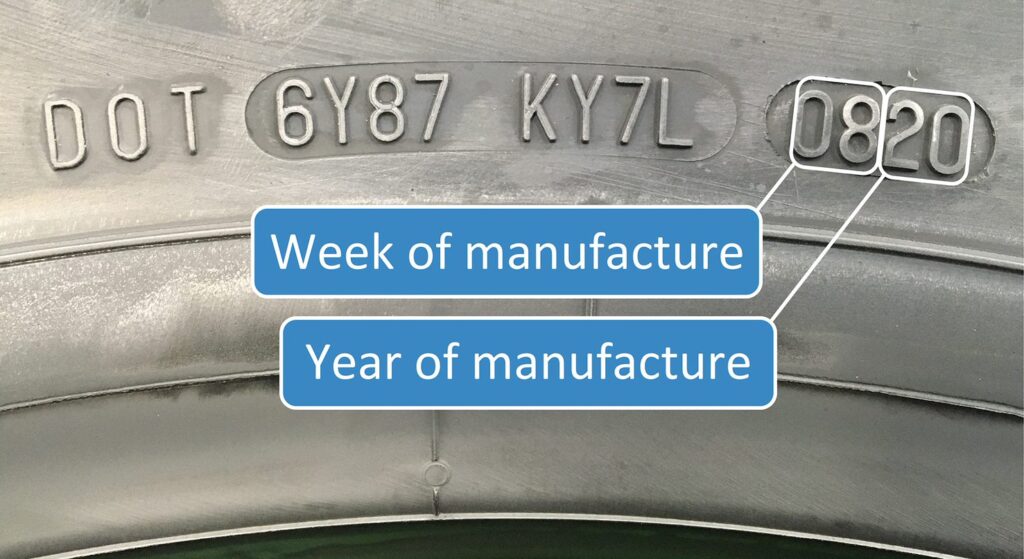






Leave a Comment
You must be logged in to post a comment.